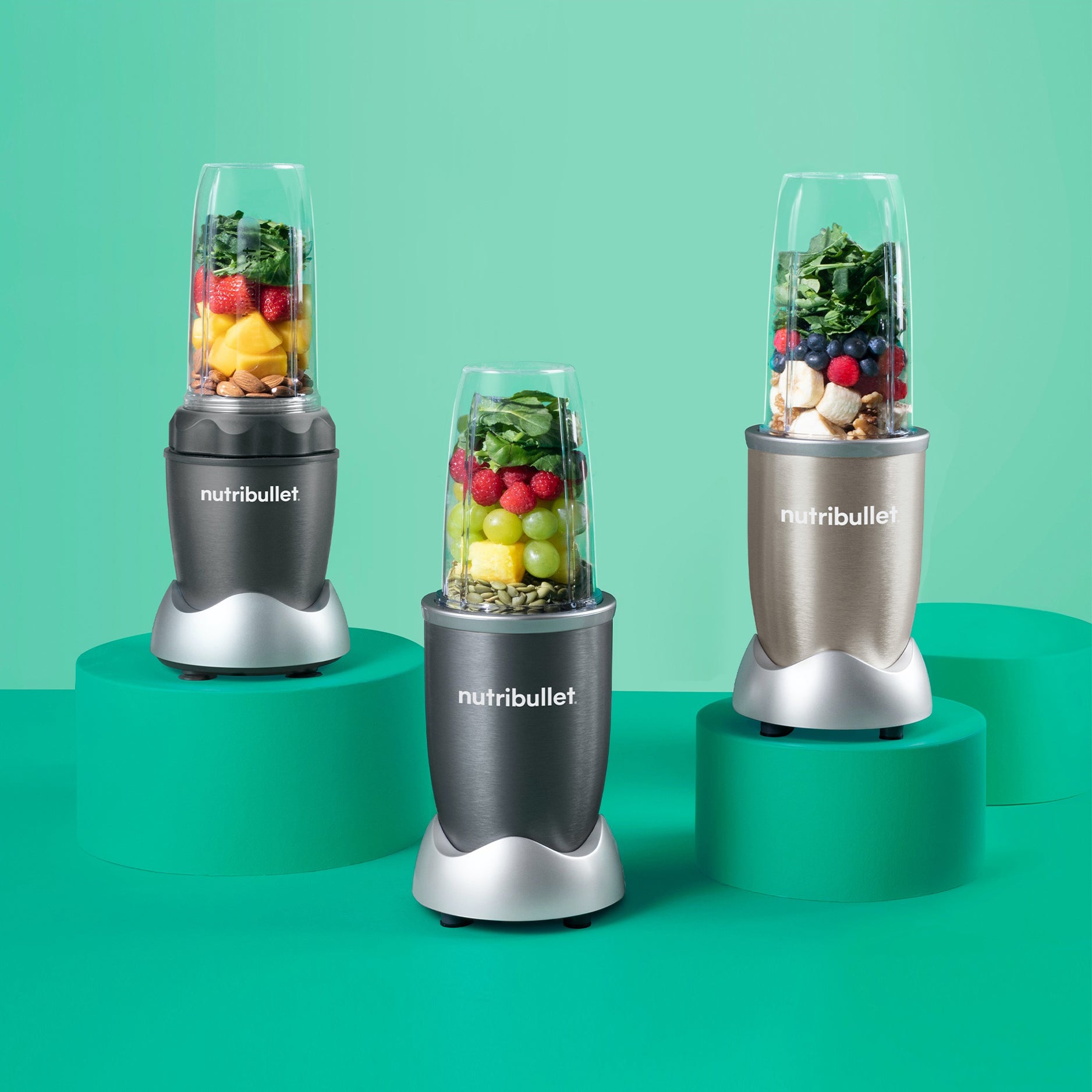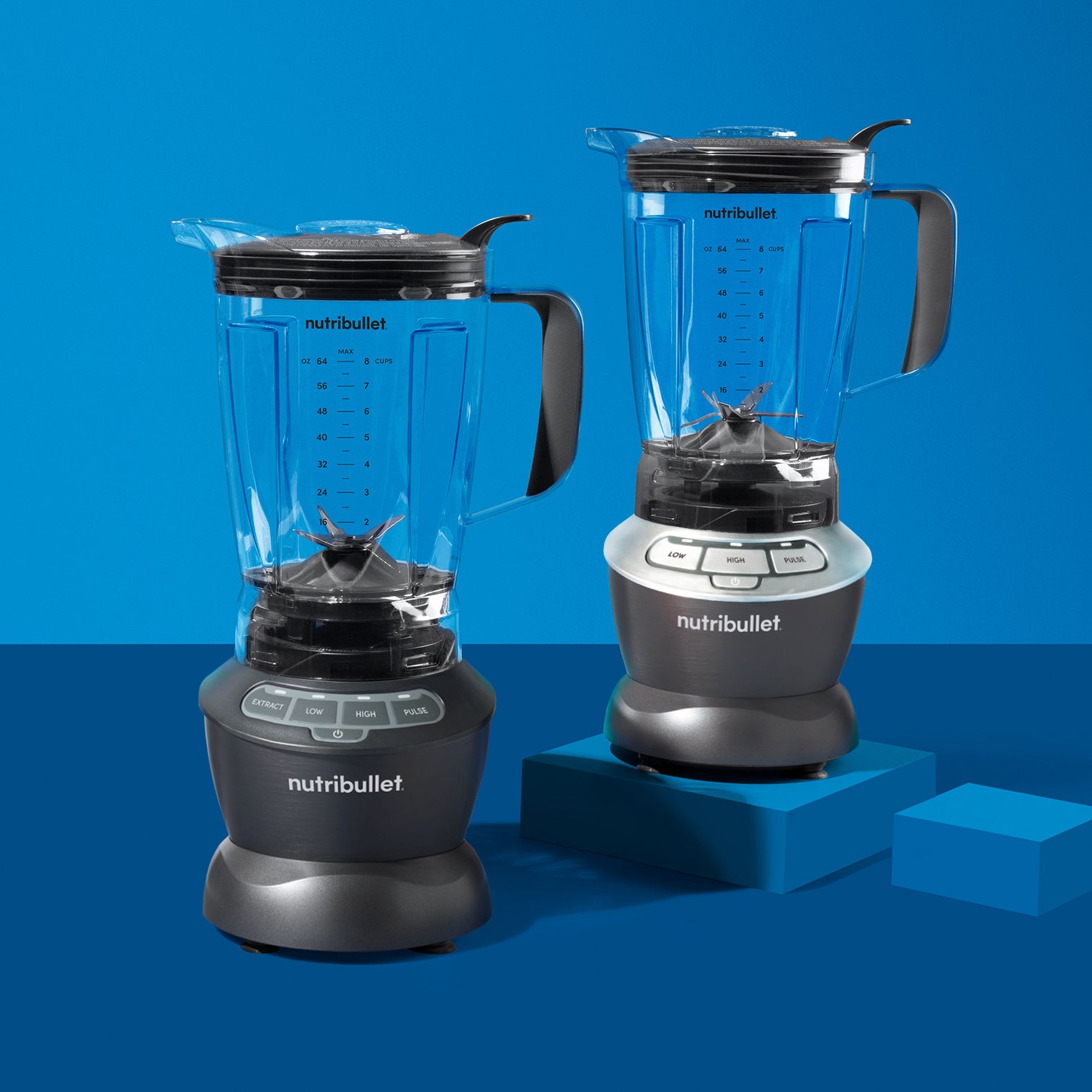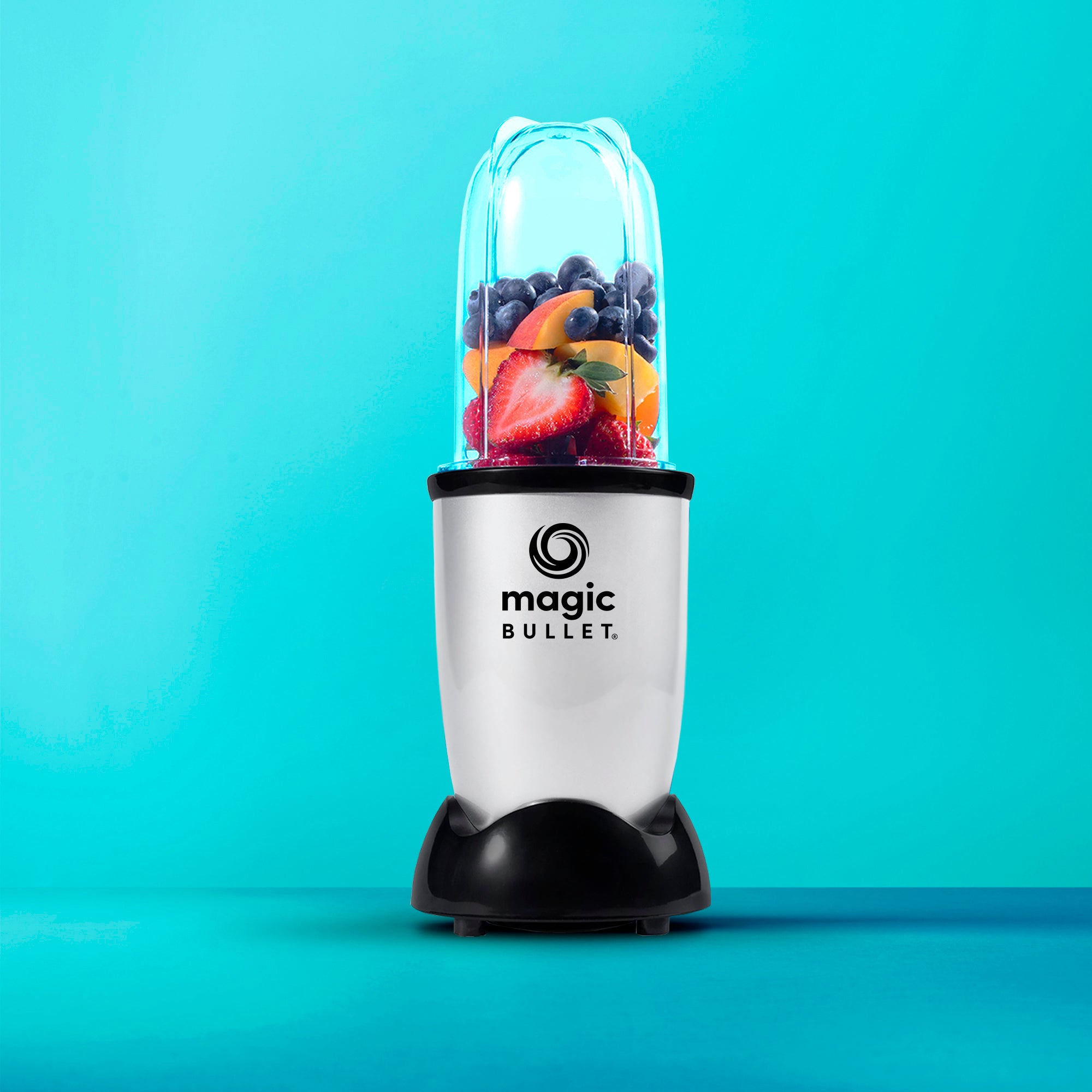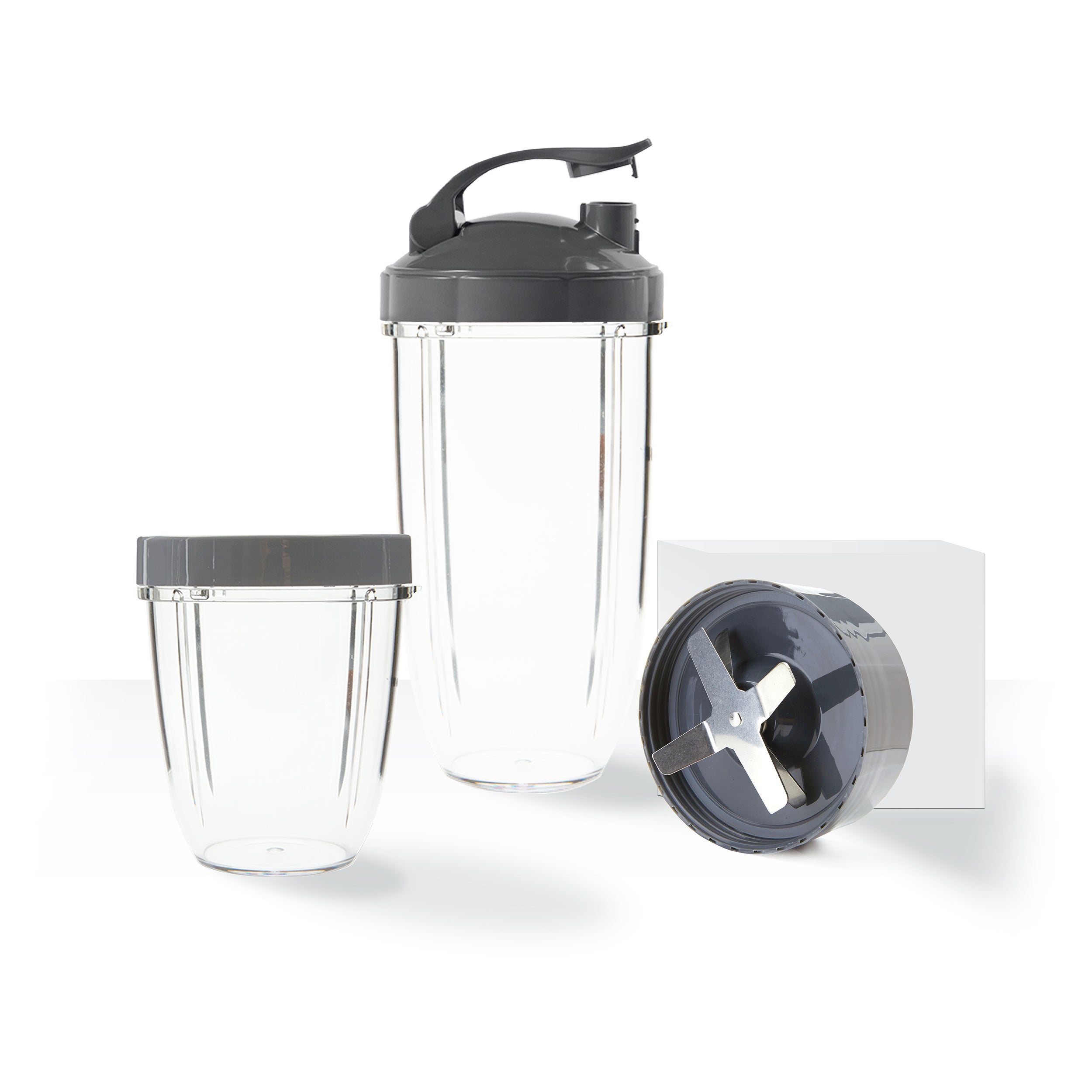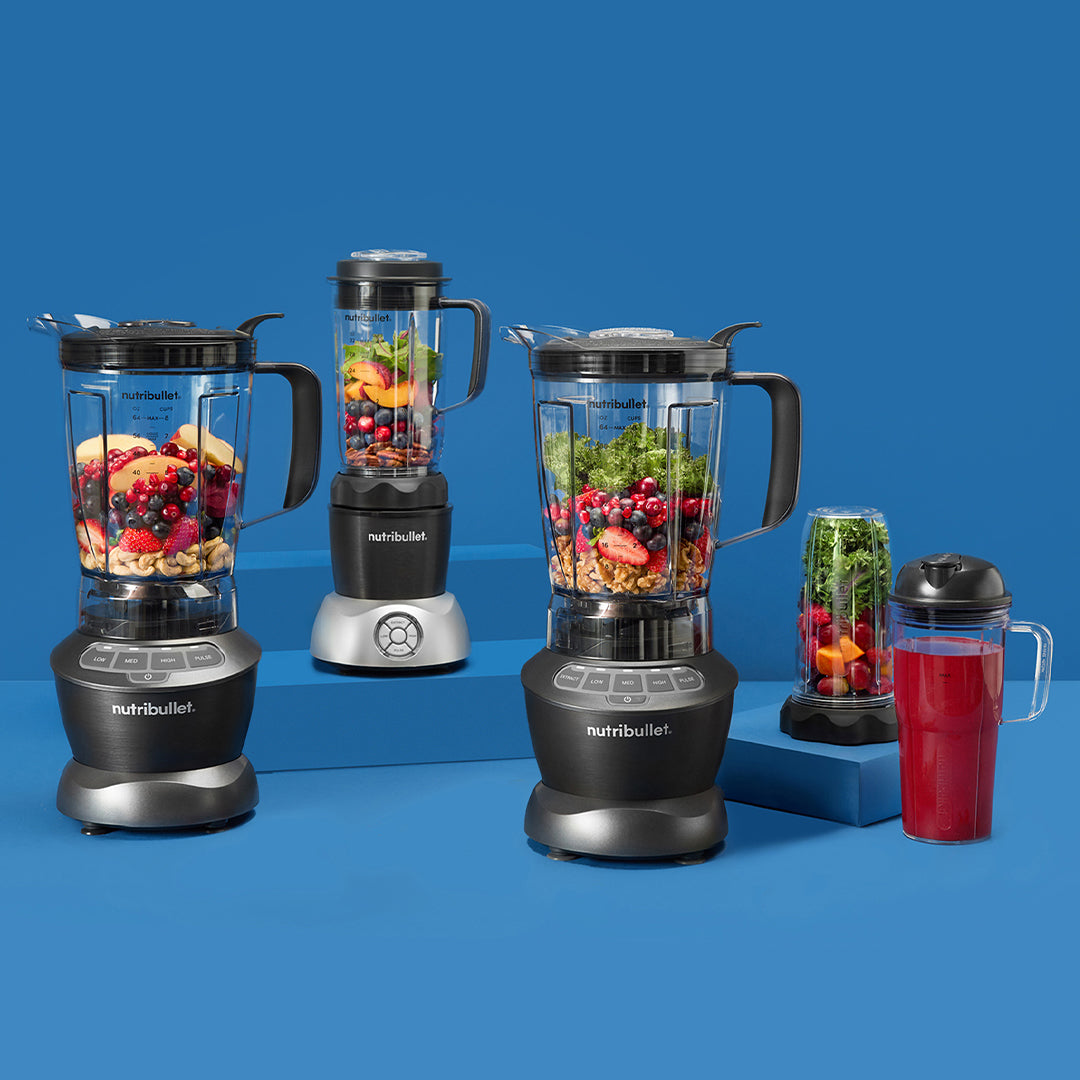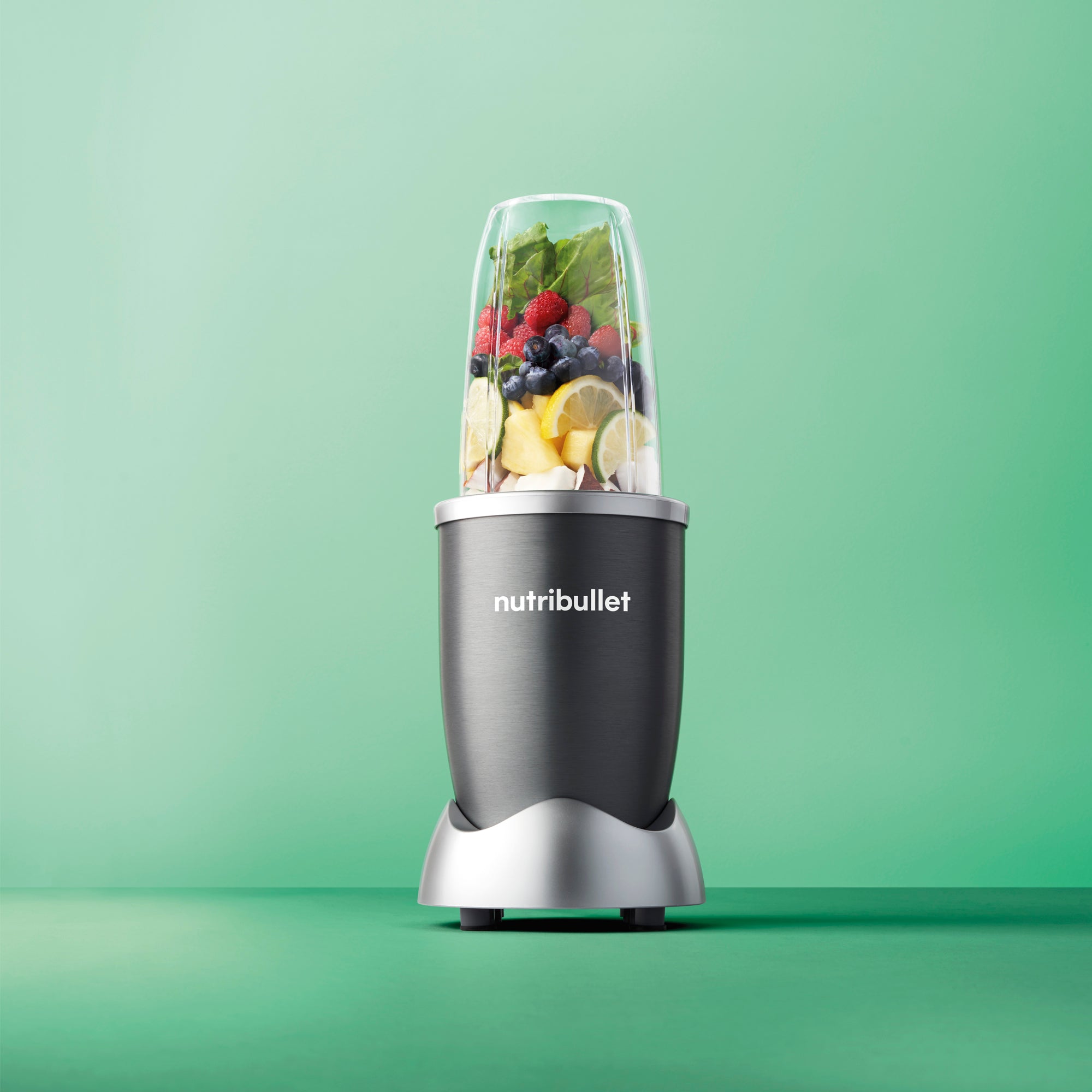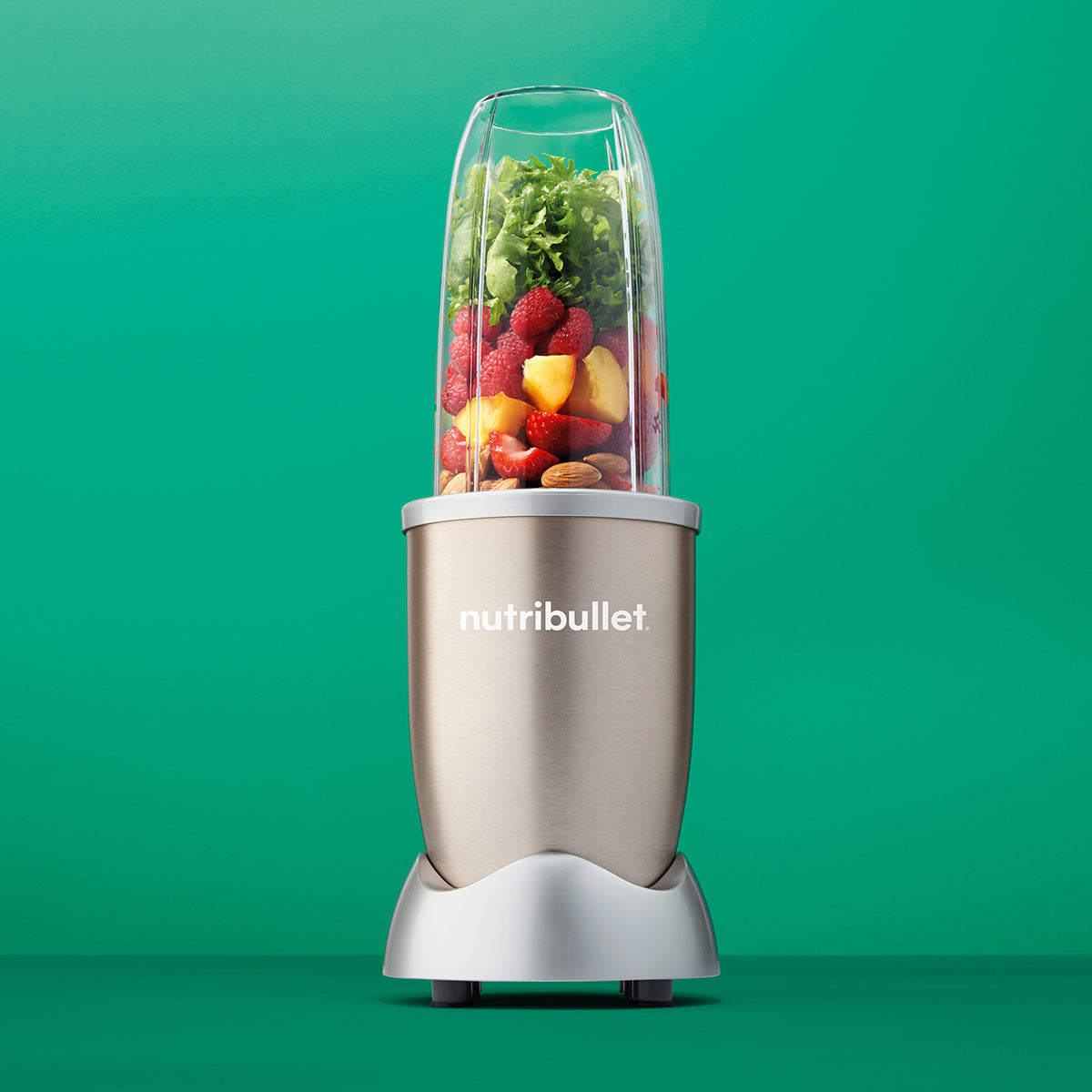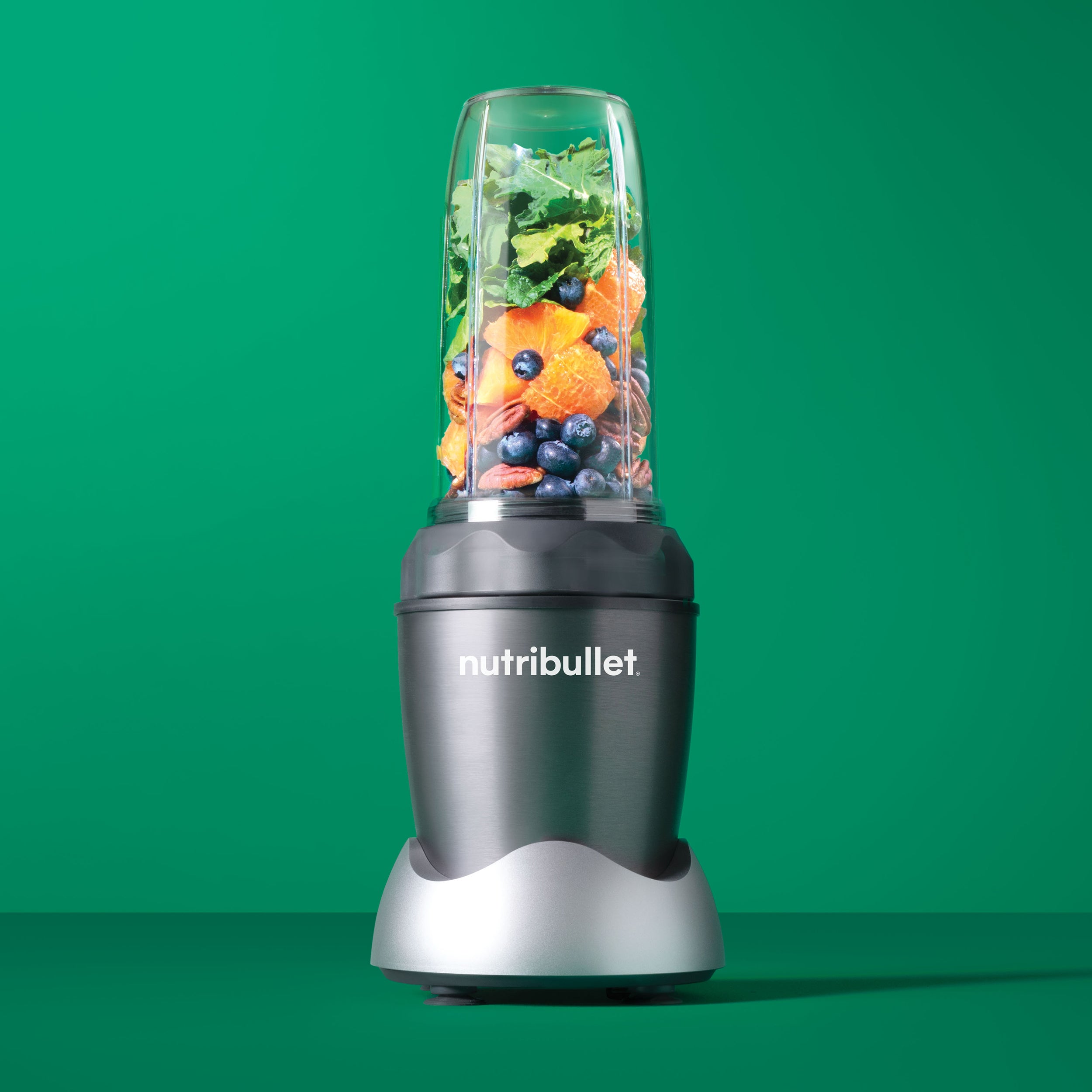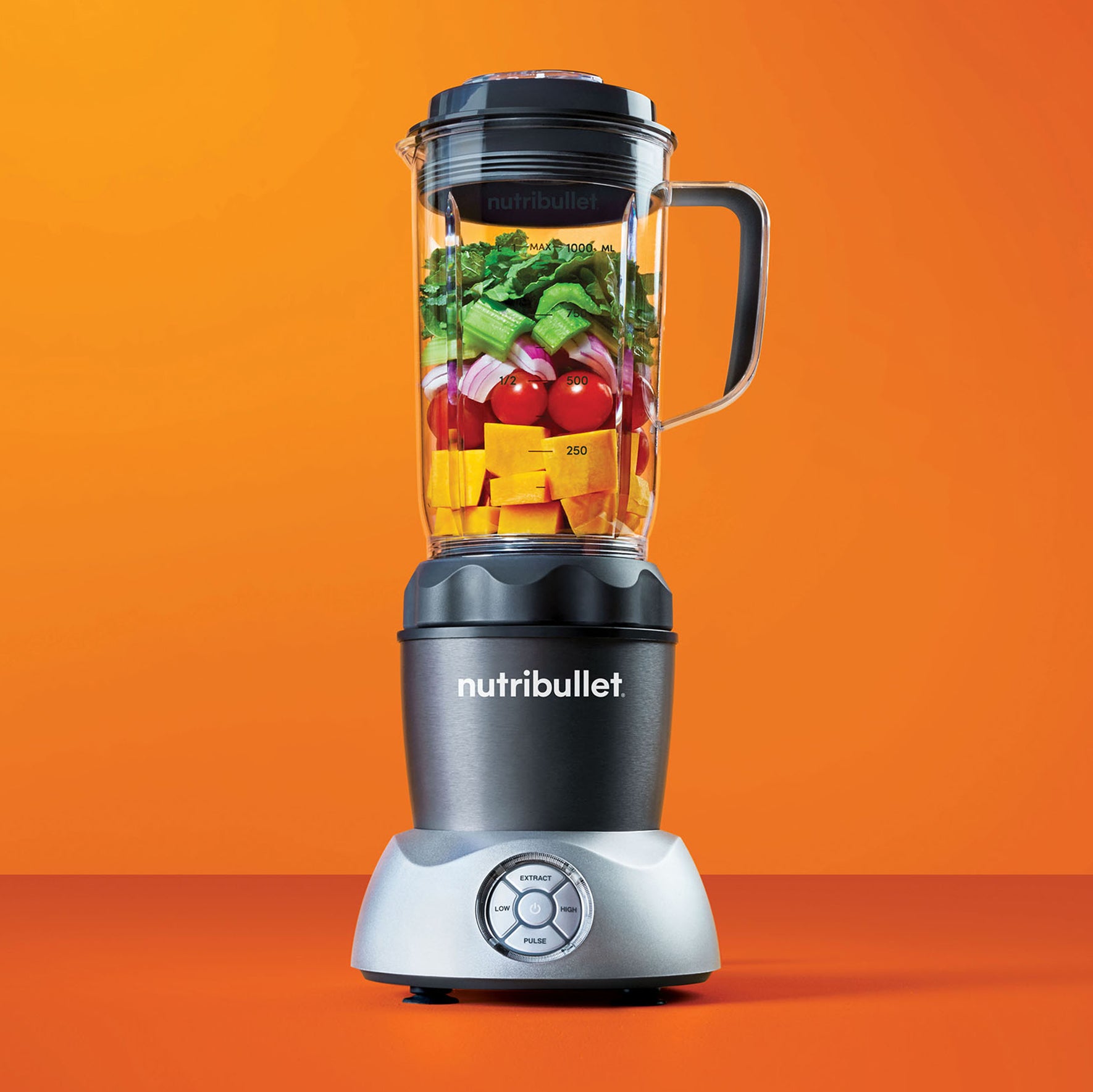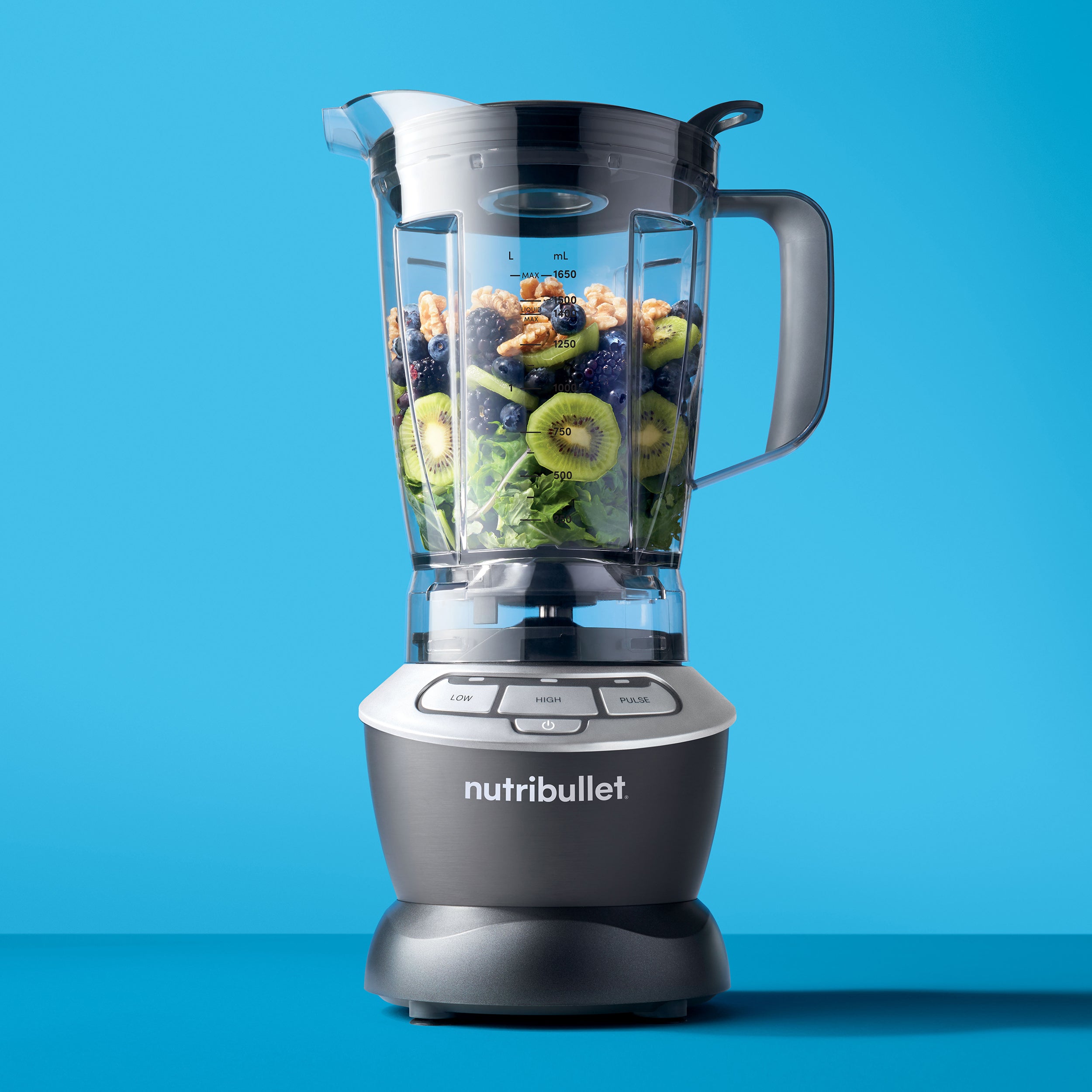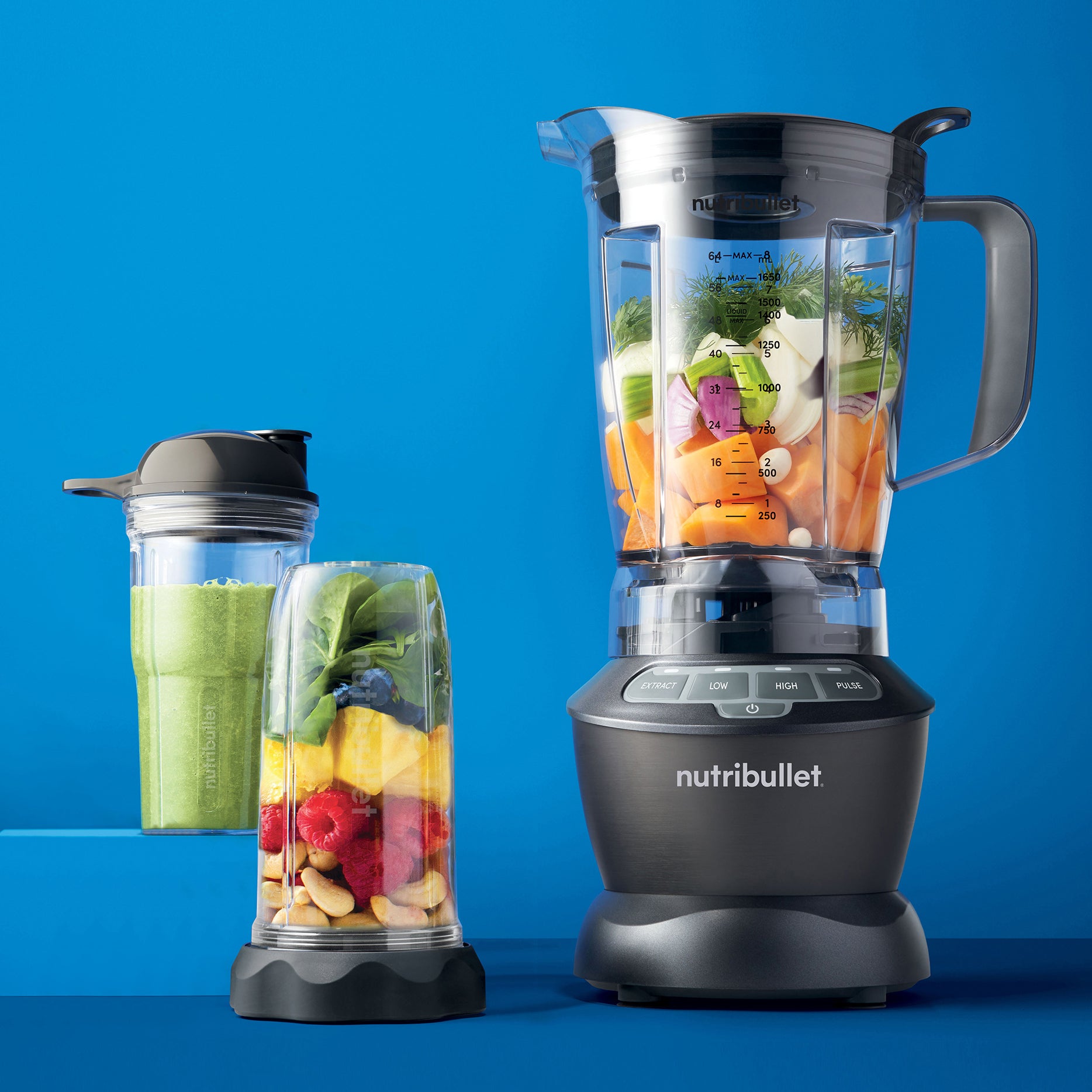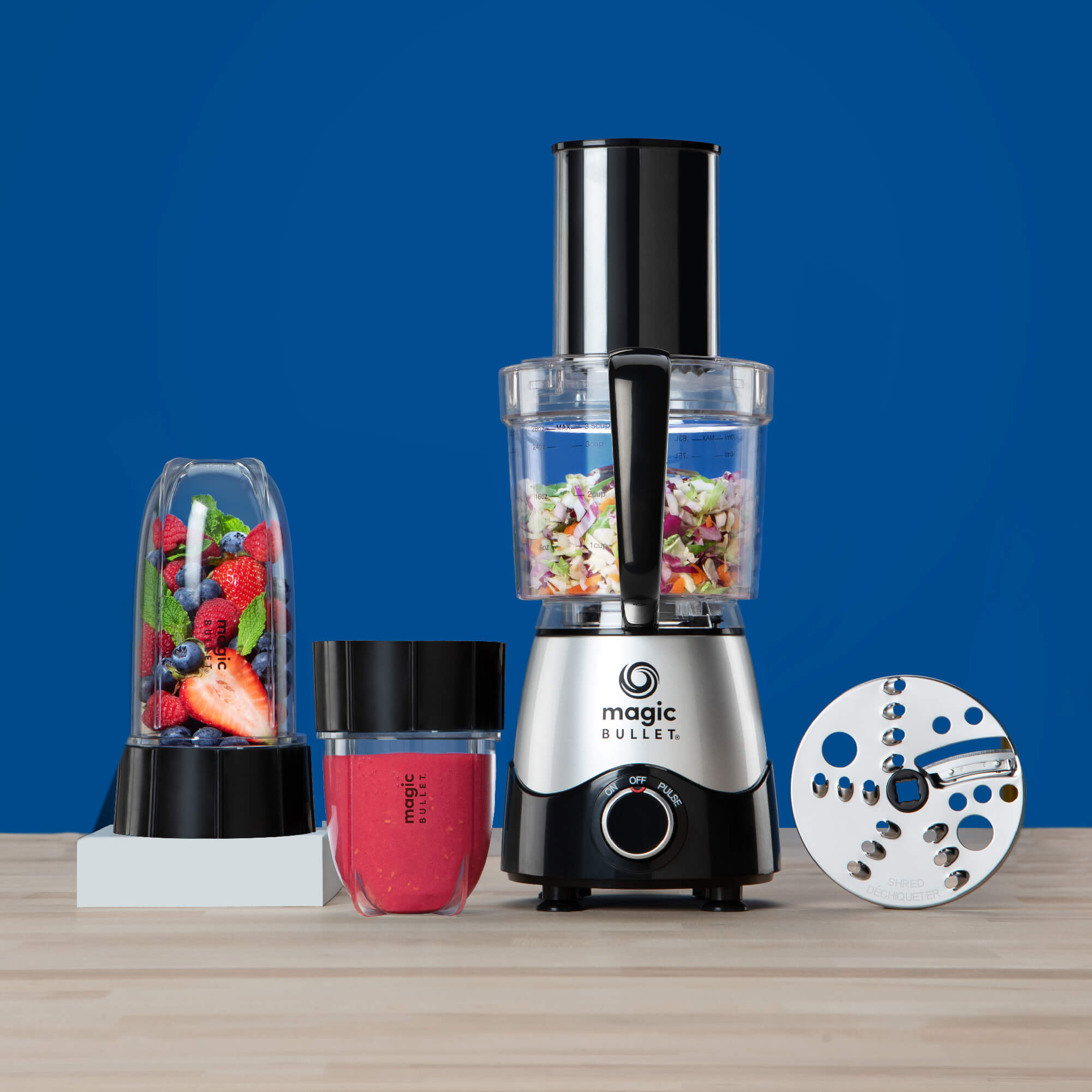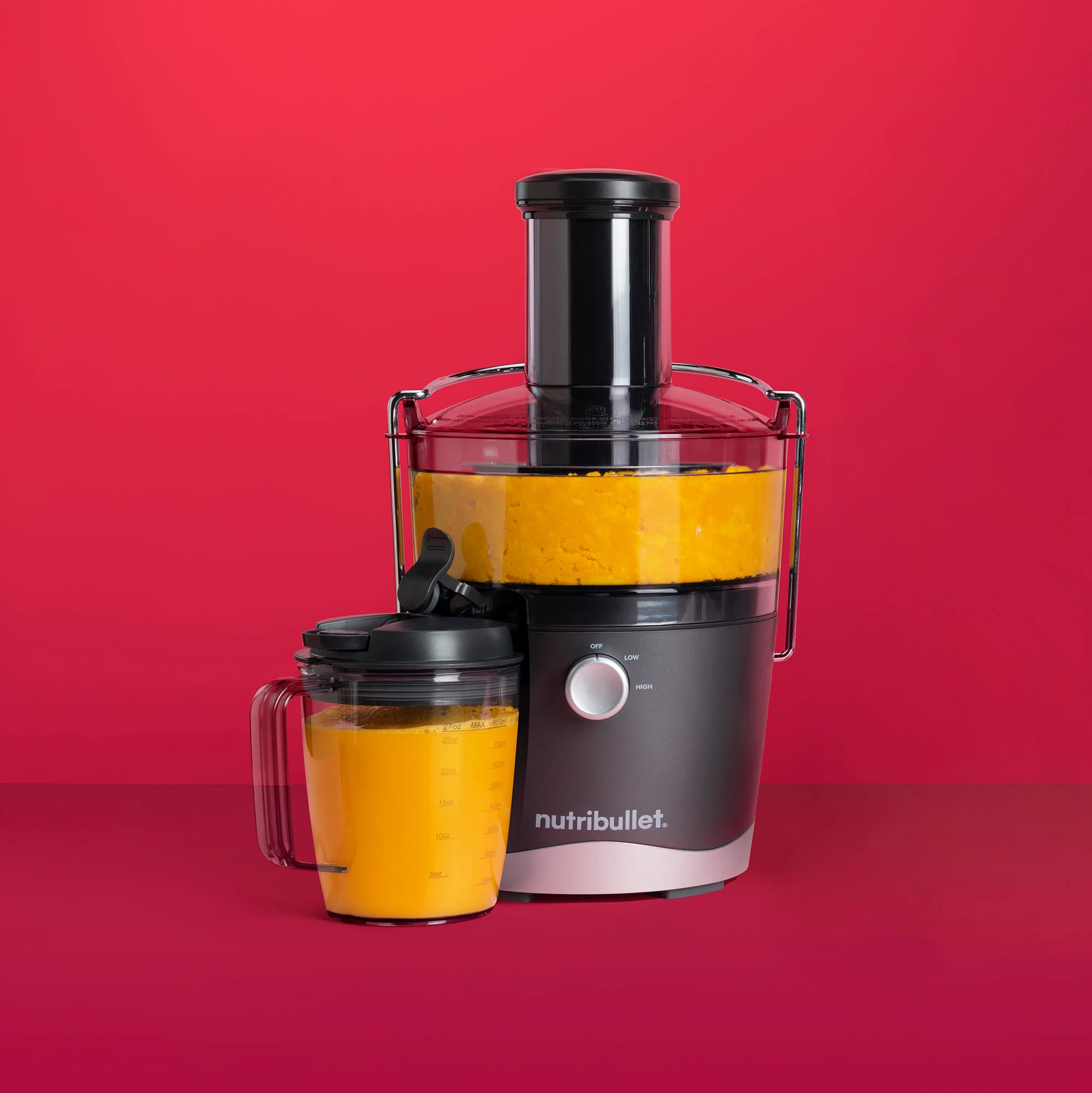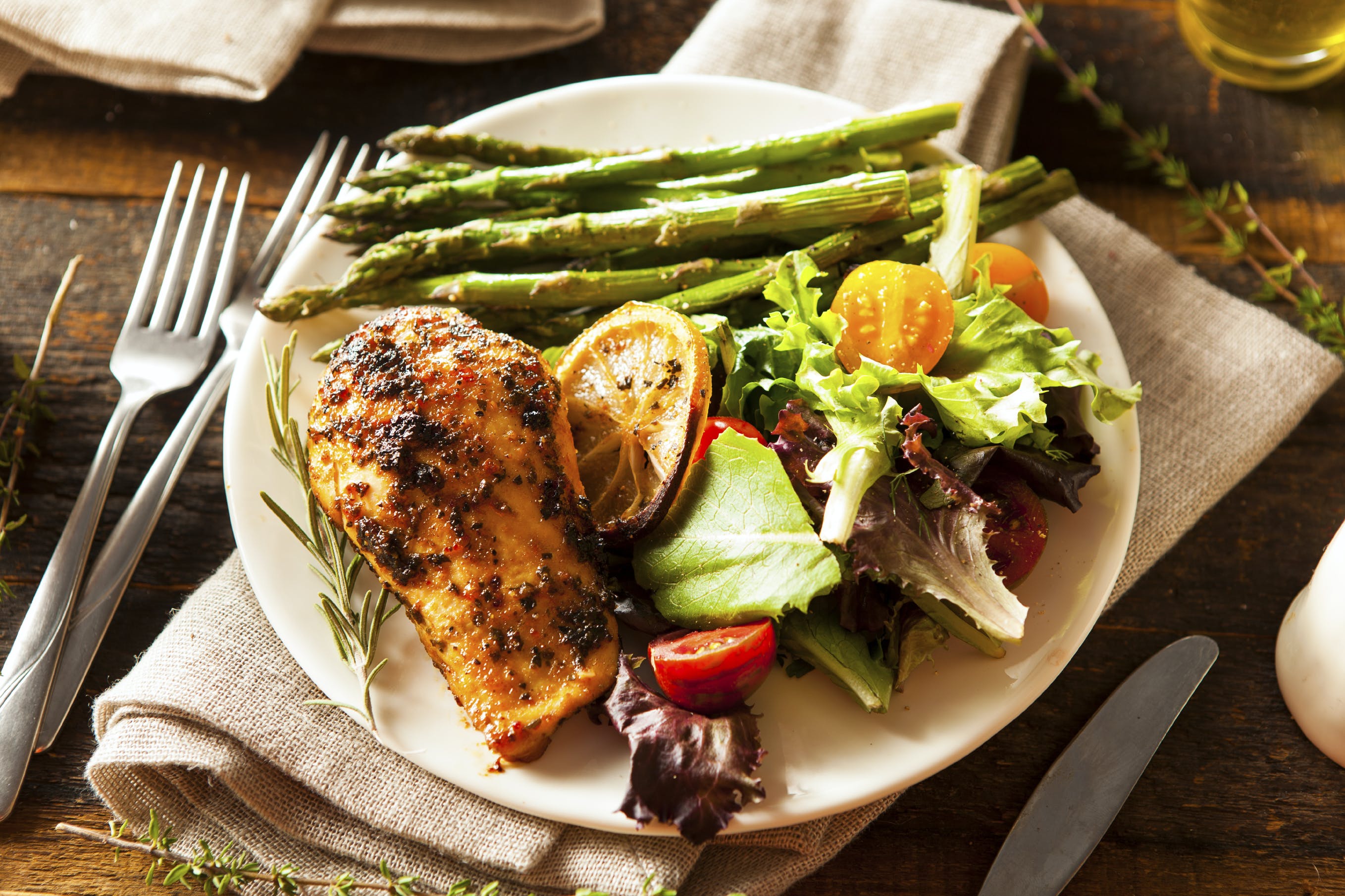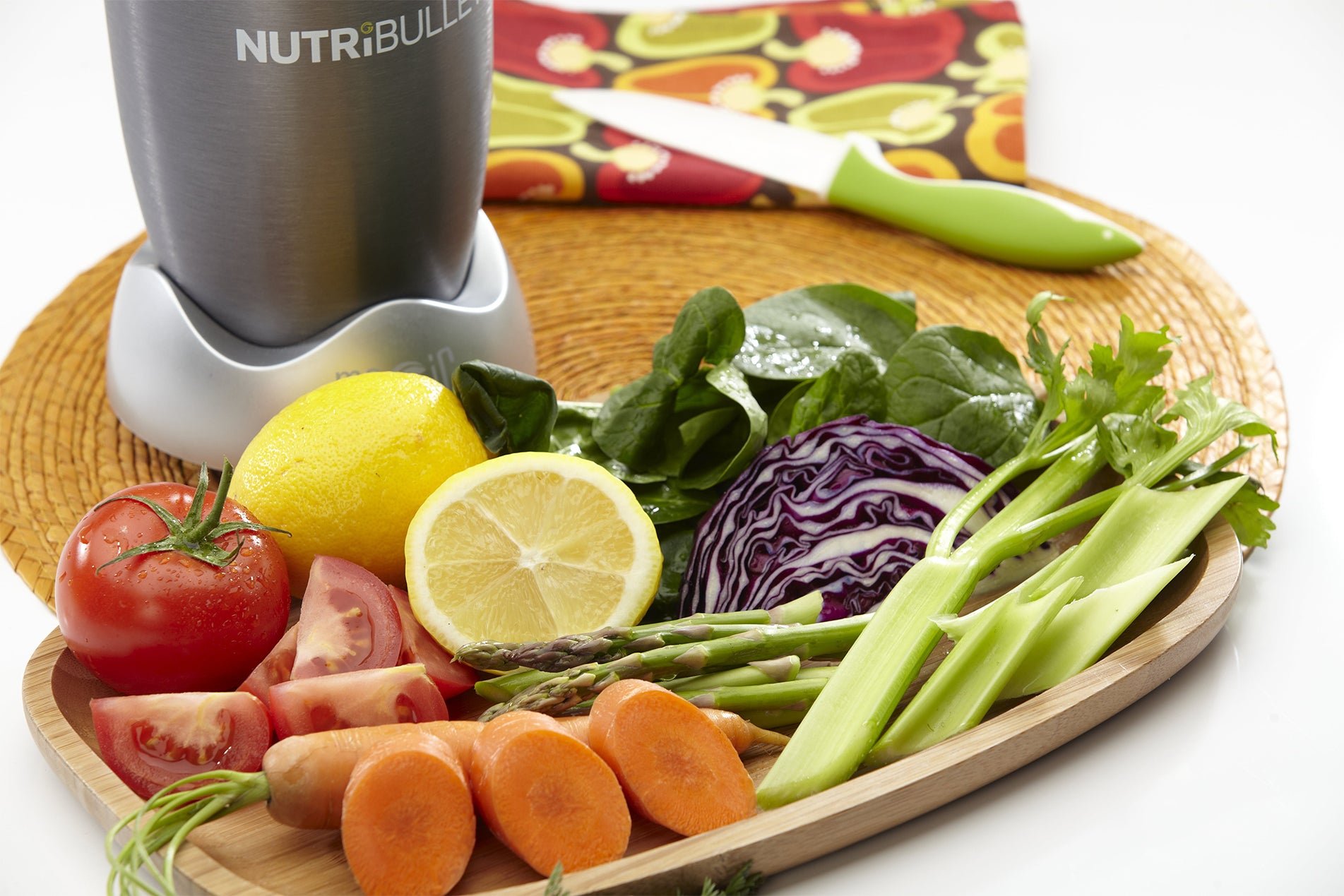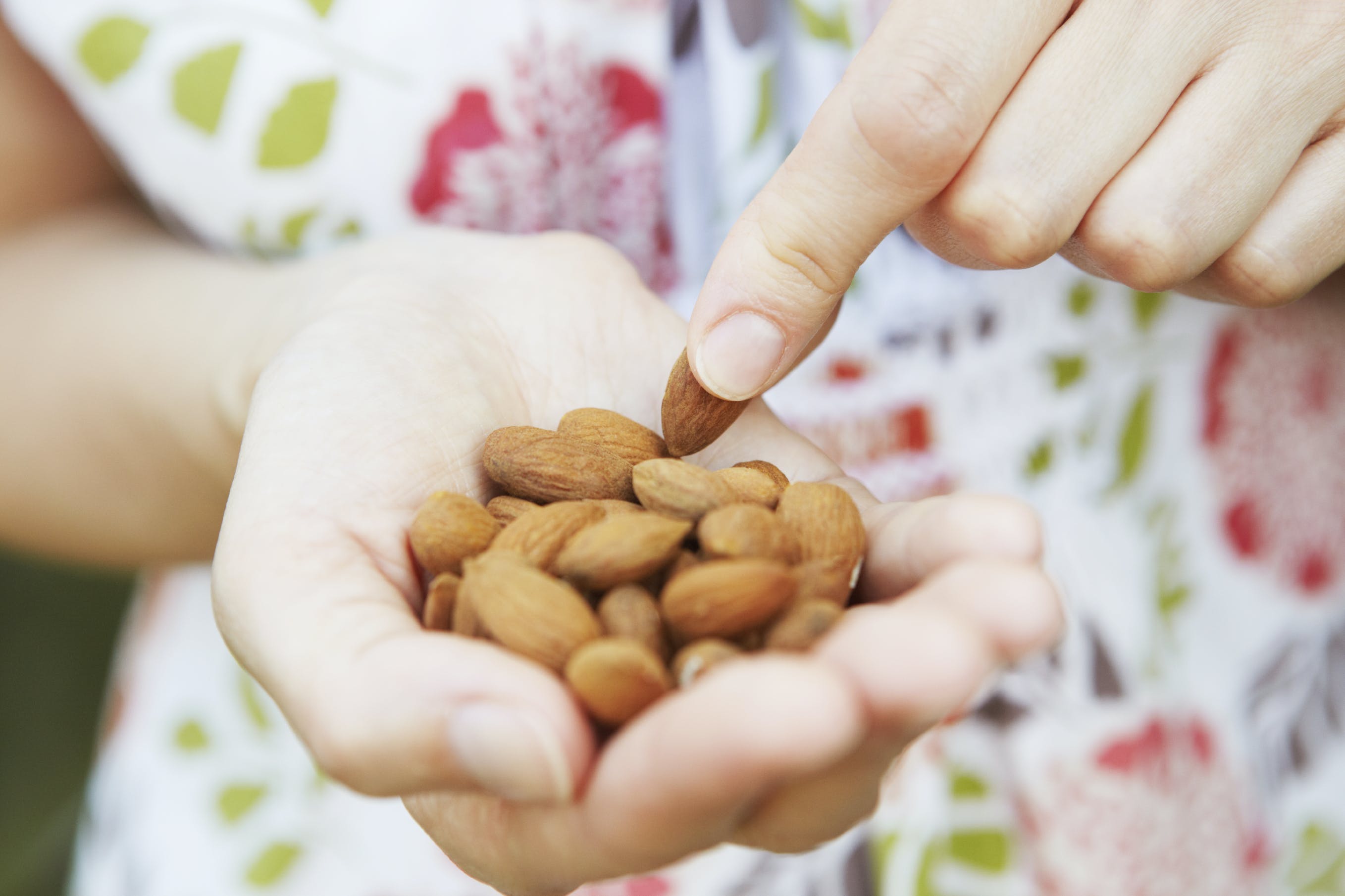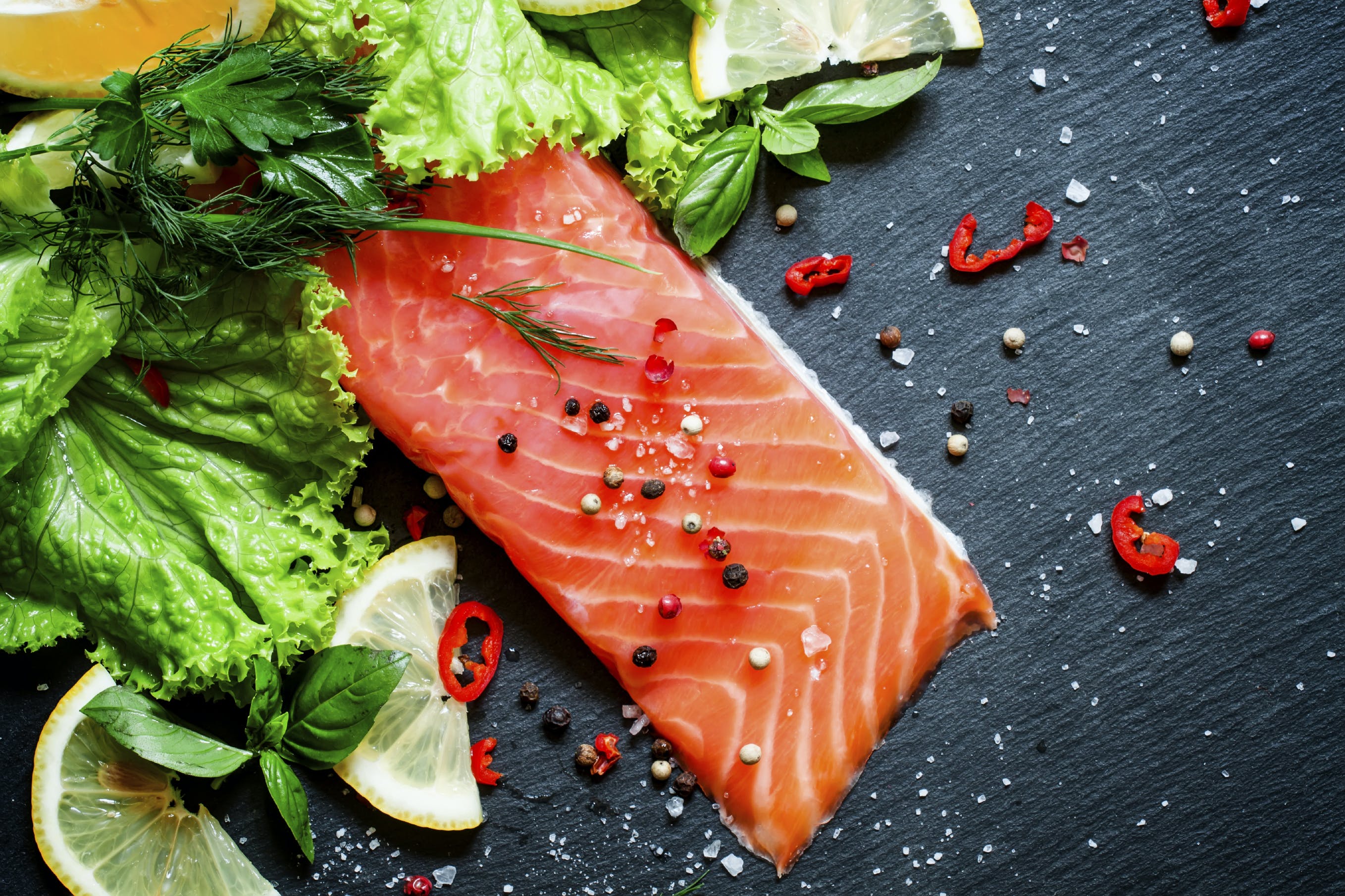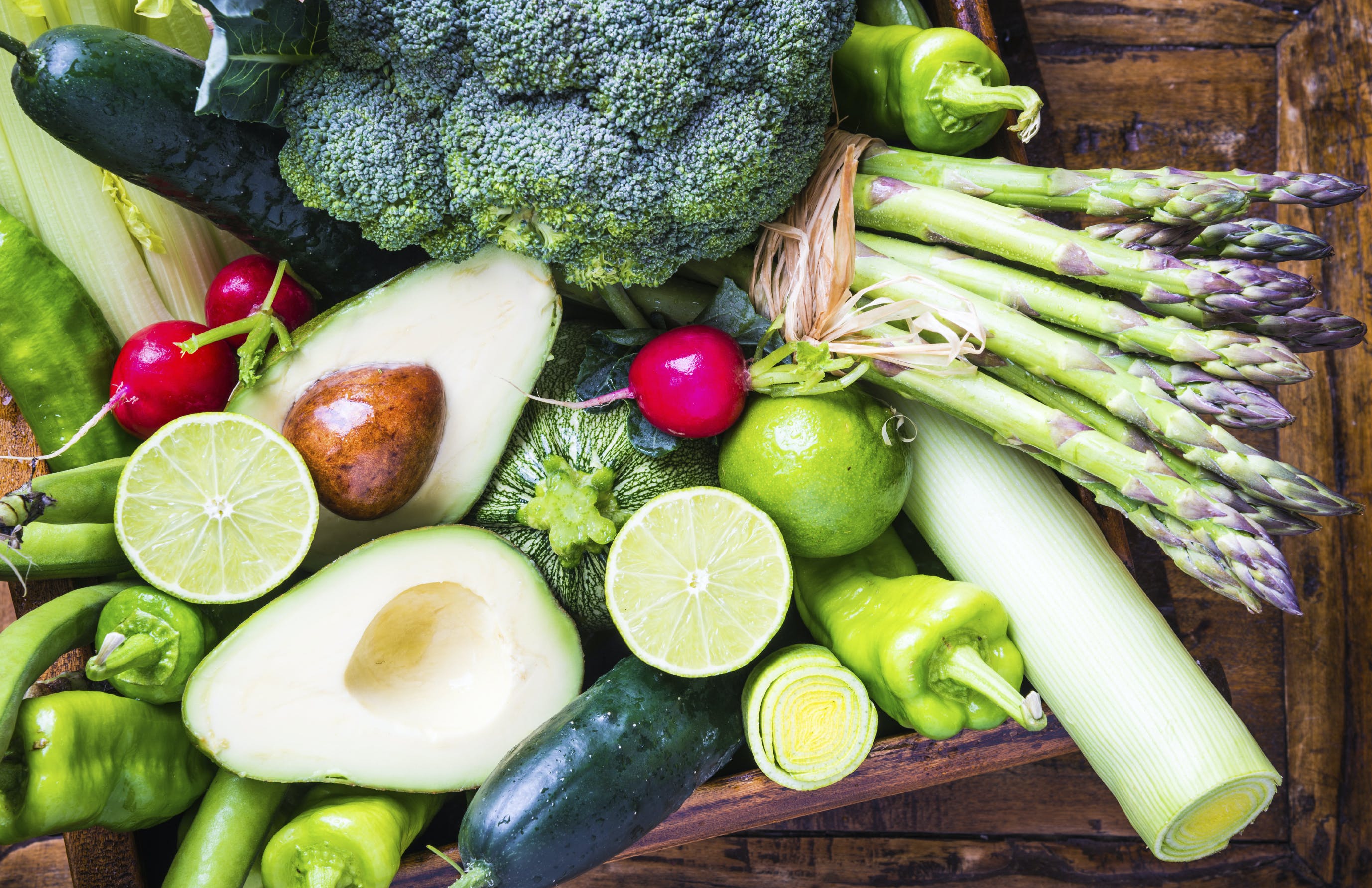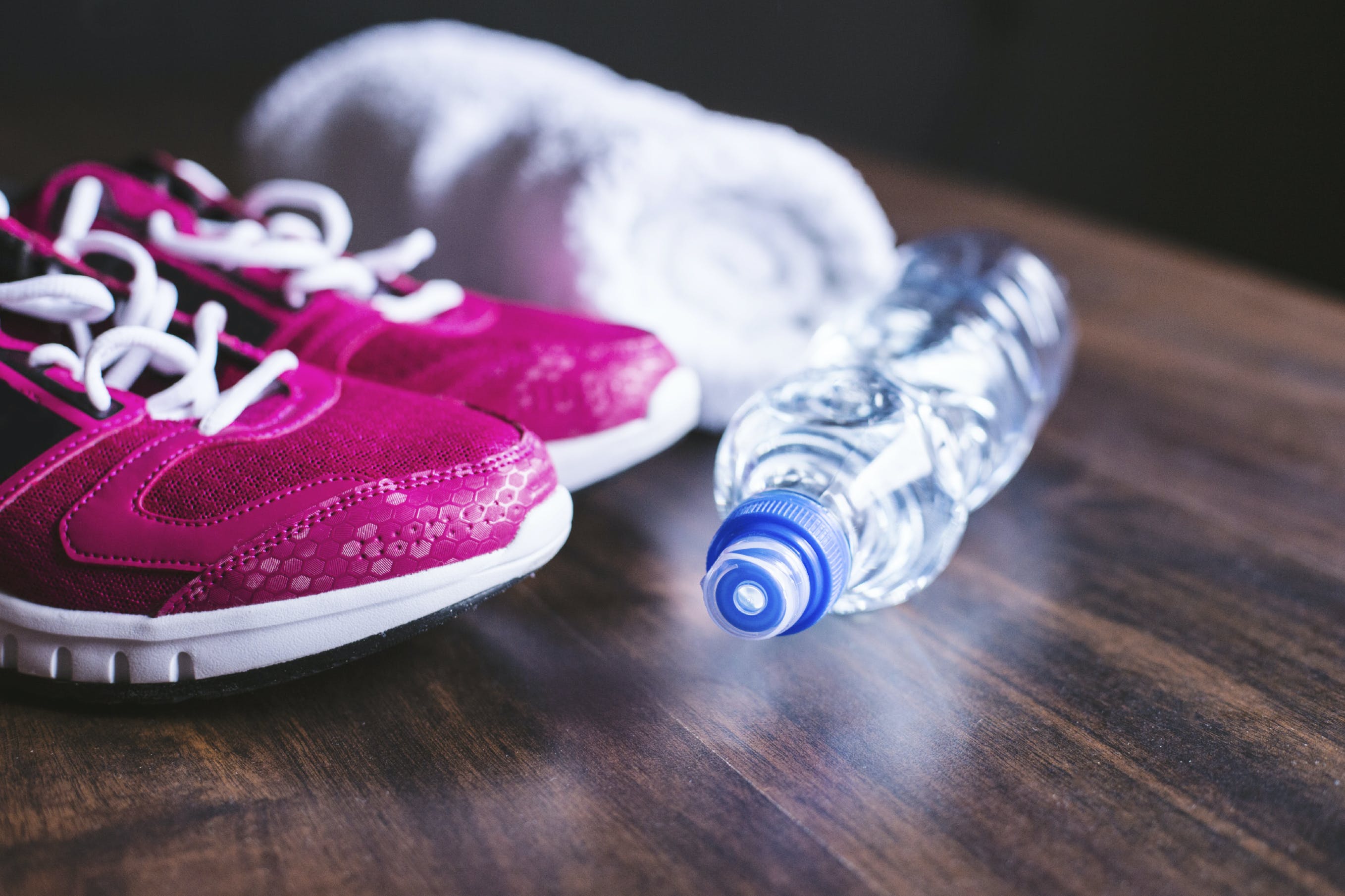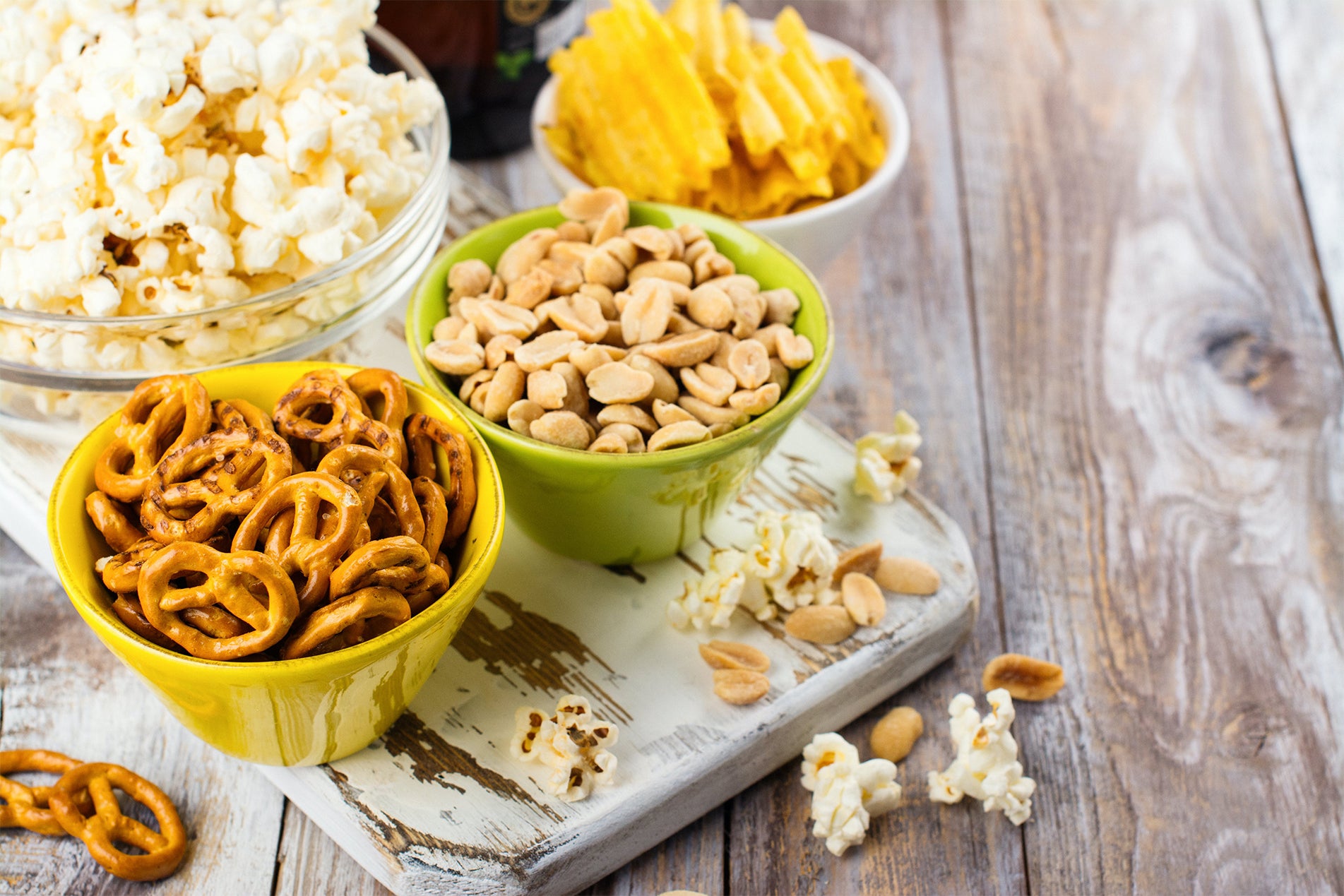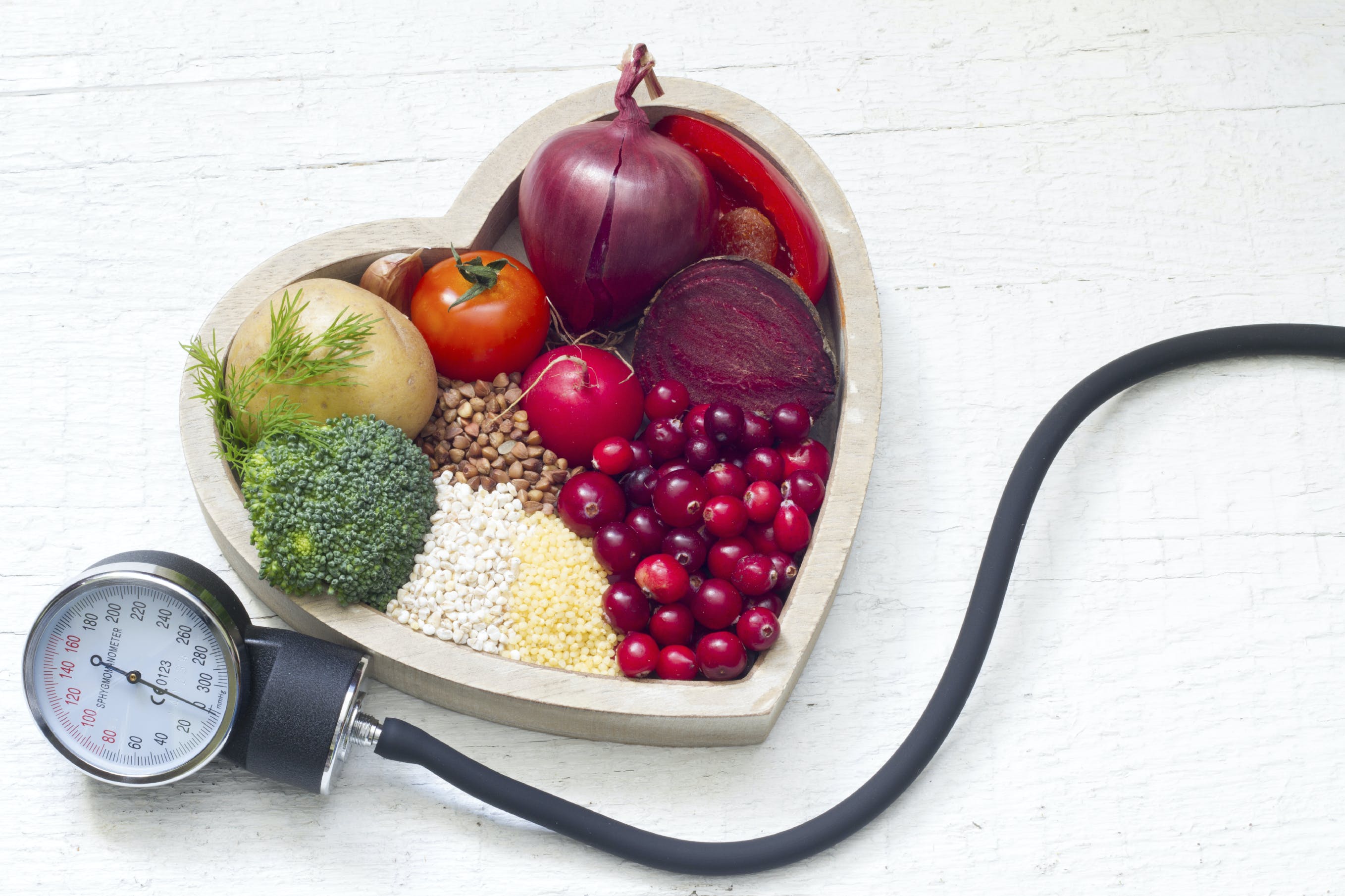There are many ways to achieve optimal health, usually involving diet and exercise. To maintain a healthy diet, it’s crucial to understand the building blocks and approach healthy eating with a positive attitude.
The key? A healthy and sustainable diet should include the following five food groups, which provide your body with the best balance of macro and micronutrients:
- Vegetables
- Fruits
- Grains
- Milk and Milk Alternatives
- Meats and Meat Alternatives
Macronutrients include carbohydrates, proteins, and fats, which are the foundational building blocks of a healthy and balanced diet. Carbohydrates provide you with the energy needed to complete day-to-day activities and can be found in vegetables, fruits, and grains. Protein can help build and repair your muscles. Main sources of protein include milk and meats, as well as their alternatives. Those two food groups are also sources of healthy fats that not only provide a sustainable energy source but also help absorb fat-soluble vitamins and regulate temperature.
Micronutrients are vitamins and minerals that support daily functions and should be consumed in smaller amounts. Before you take out your food scales and measuring cups, however, consider following the MyPlate method, developed by the U.S. Department of Agriculture (USDA).

The USDA replaced MyPyramid with MyPlate in 2011. MyPlate makes it easier to get your nutrients from all five food groups because it provides a visual guide to help you consume the appropriate portions at each meal rather than throughout the entire day. So how exactly does this method help you eat healthfully?
- Start with an 8” plate and divide it into four quarters.
- Fill two of the four sections with your fruits and vegetables. We recommend consuming more vegetables than fruits because they are lower in concentrated sugars and loaded with fiber. So while you can have one-fourth of the plate for fruits and the other fourth for vegetables, it’s more beneficial to use half the plate for just vegetables.
- Fill one-fourth of your plate with whole grains such as whole-wheat bread, whole-wheat pasta, or brown rice.
- Use the remaining one-fourth of your plate for meats and meat alternatives. We recommend lean meats such as codfish, turkey, chicken breast, or meatless options such as tofu, seitan, tempeh, and legumes.
MyPlate also suggests the amount of dairy that should be consumed at every meal. This food group, which includes dairy products and dairy alternatives, is the key to getting adequate calcium for strong, healthy bones. The USDA recommends that adults and children over the age of eight consume three cups of dairy each day. The majority of Americans receive calcium from dairy products like milk and cheese, but there are alternative sources of calcium that are often overlooked.

Consuming an adequate amount of healthy foods in the right portions can be challenging. However, MyPlate is an effective tool and guide to make sure that you stay on track! There are a lot of combinations you can make on your plate — check these out for some inspiration:

So the next time you need ideas for a balanced meal, try the MyPlate method and begin filling your plate with healthy goodies one section at a time!
Nutritional information
Recipe: Creamy Green Strawberry Dream Serving in this recipe:1
- Calories: 236.6
- Total Fat: 3.6 g 5.5%
- Saturated Fat: 0.4 g 1.9%
- Cholesterol: 0 mg 0%
- Sodium: 358.7 mg 14.9%
- Total Carbs: 45.7 g 15.2%
- Dietary Fiber: 9.9 g 39.4%
- Sugar: 22.1 g
- Protein: 8.1 g 16.2%
- Vitamin A: 481.9% Vitamin C: 244.1%
- Calcium: 68.5% Iron: 26.1%
* Percent Daily Values are based on a 2,000 calorie diet. Your daily values may be higher or lower depending on your calorie needs.

